Which of the most famous temples in Andhra Pradesh that one must visit, is a question that faces most travellers to this great cultural destination.
Andhra Pradesh is situated in India’s southernmost state. It has seen the rise and fall of emperors and kingdoms over the centuries and is rich in heritage and history.
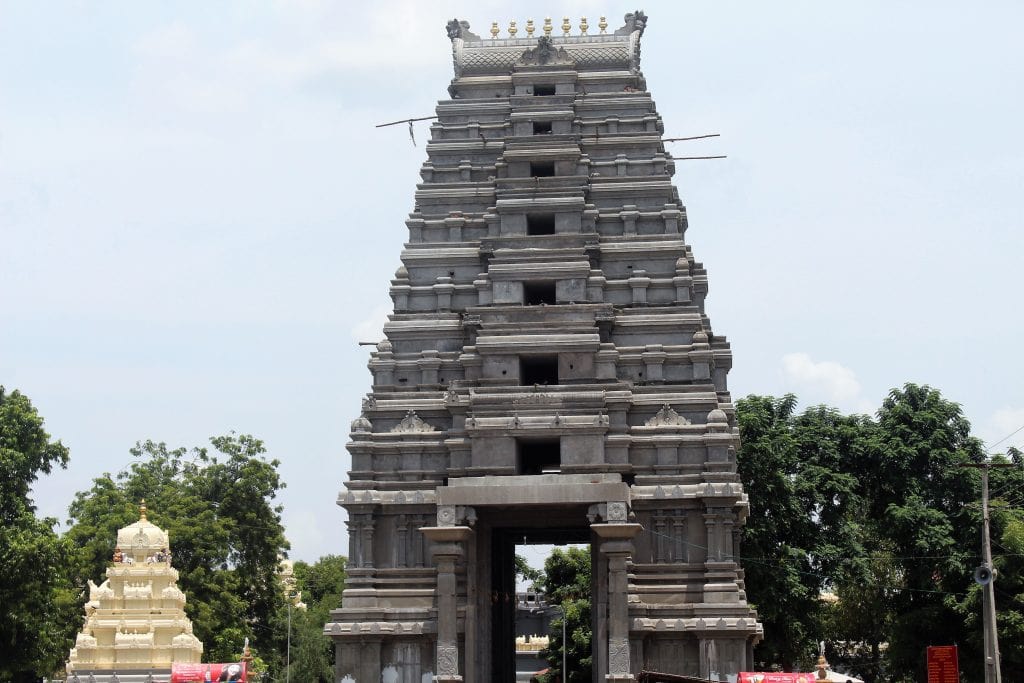
Image Credit: Krishna Chaitanya Velaga, via Wikimedia Commons
Andhra Pradesh is known for its temples. These shrines were initially designed not just for devotion but to display the grandeur and culture of the period. This led people to witness the most magnificent and well-preserved temples today.
These sacred edifices are the living, beating heart of Andhra Pradesh’s heritage, drawing visitors from across the world with their stunning beauty and serene ambience. In this journey through the 11 most beautiful temples of Andhra Pradesh, prepare to be enchanted by the intricate carvings, towering gopurams, and the mystical tales that weave through their hallowed halls.
The top 11 temples to visit in Andhra Pradesh are :
Tirumala Venkateswara Temple, Tirupati
The Tirumala Venkateswara Temple, located in the hill town of Tirupati is one of the most ancient temples in Andhra Pradesh, India, and is a beacon of Hindu spirituality and one of the most revered pilgrimage sites in the world.
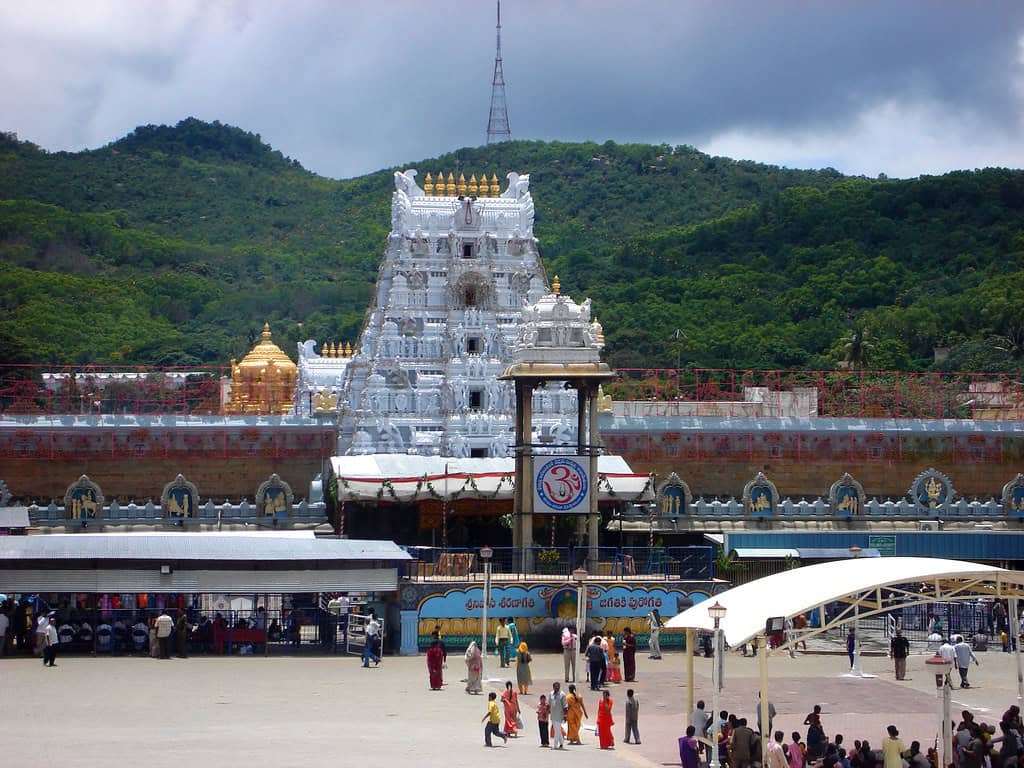
This is one of the most revered and visited temples in India, dedicated to Lord Venkateswara, an incarnation of Vishnu. It is famous for its Dravidian architecture and is located atop the seven hills of Tirumala. Dedicated to Lord Venkateswara, an incarnation of Lord Vishnu, this ancient temple is nestled atop the seven peaks of the Tirumala Hills and draws millions of devotees annually.
The temple’s history dates back over a millennium, with rich contributions from various kingdoms and dynasties, which is evident in its intricate Dravidian architecture and the opulent gold-plated dome (Ananda Nilayam) atop the main shrine.
The temple is renowned for its legendary ‘Laddu’ prasadam, a sweet offering to devotees, and for the ritual of ‘Tirumala head shaving’ or tonsuring, symbolizing the shedding of ego and surrender to the divine. The temple follows strict traditional worship practices and upholds a series of complex rituals and ceremonies each day, offering a deeply spiritual experience to pilgrims.
Additionally, the surrounding natural beauty and the temple’s rich cultural heritage enhance the serene and divine atmosphere and make visiting Tirumala Venkateswara Temple a profoundly uplifting and unforgettable journey for every pilgrim.
Amaralingeswara Swamy Temple Amaravathi
The Amaralingeswara Swamy Temple is one of the Guntur town’s Panchakarma Kshetras, which is dedicated to Lord Shiva is one of the oldest temples in Andhra Pradesh. The ancient temple is known for its historical significance and sculptures, it reflects the rich cultural heritage of the region.
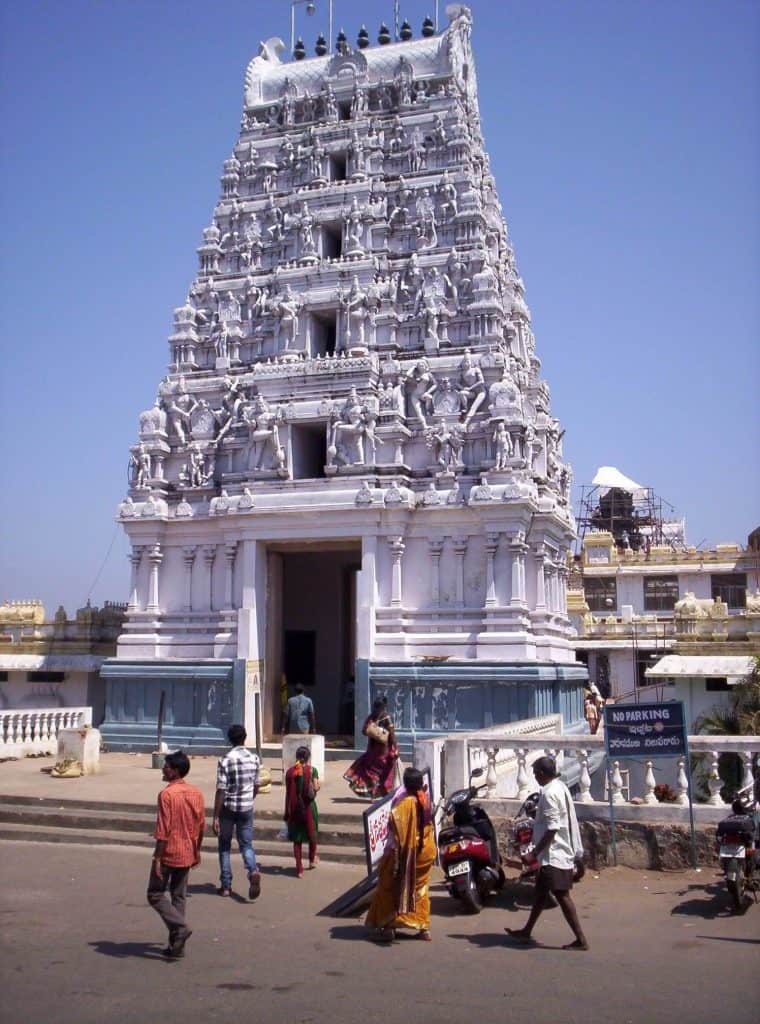
Image Credit: మురళీకృష్ణ ముసునూరి, via Wikimedia Commons
The temple, nestled on the banks of the Krishna River, is said to be where God Indra personally placed the Shiva Linga. They think the Shiva Linga used to expand each day, which is why a nail was placed on the sculpture’s head to limit its development. It is stated that the crimson bloodstain formed by striking the nail right on the head of the Shiva Linga is still accessible to the public. Aside from it, there are various monuments and paintings of historical rulers.
Annavaram Temple
The Annavaram Temple is a prominent tourist attraction in Andhra Pradesh. This temple, renowned for its Dravidian-style grandeur, is one of the must-see attractions in Andhra Pradesh. The word Anna originated from the term food and has since followed up to its name by delivering food to the poor and underprivileged.
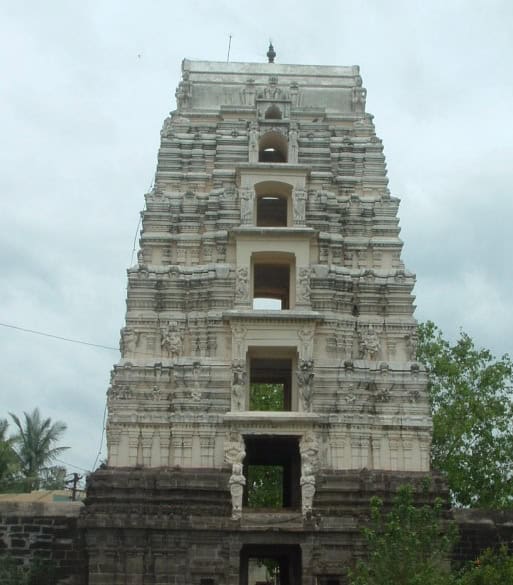
Image Credit: Twooars, Public domain, via Wikimedia Commons
The temple is built on a hill called Ratnagiri and is shaped like a chariot that symbolizes the passage of time. The temple has two floor levels, one for the Chakra and another for the King’s Peetham. Around the temple complex, there are a few smaller shrines. The distinctiveness of this shrine draws many followers and visitors to admire everything here.
Bhimeswara Swamy Temple Draksharamam
Bhimeswara Swamy Temple Draksharamam is situated in the East Godavari district, which is only 6 kilometres from Ramachandrapuram, and based on the teachings of Shiva reverence and Manikyamba Devi (Parvati Devi). The Bhimeswara Swamy Temple is thought to be the location where Daksha Prajapati was in charge of practising Yagna, thus the name of the temple.
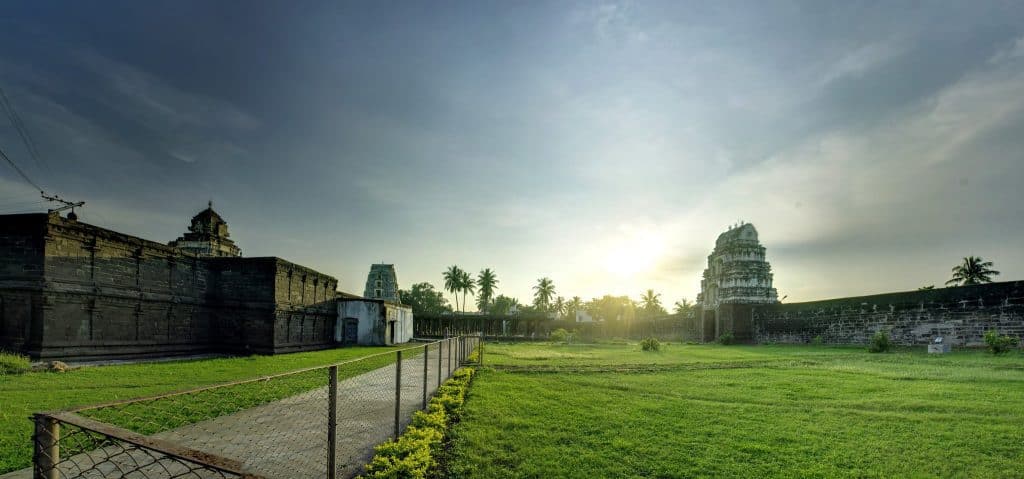
The lingam used was claimed to be extremely strong and to have a fire-like nature. To combat such a great force the Sapta Rishis built eight additional linkages around the core linga. The Eastern Chalukyas have done various restorations in history. The style of the shrine is comparable to that of the Bhimesvara mandir in Samalkot.
The religious site is surrounded by two prakara walls made of polished sandstone. All four sides of the outermost prakara wall have a gopura entryway. Ardha mandapas flank each of the four gopura entryways. The internal enclosure wall is divided horizontally into two portions divided by a cornice, with a two-story arcaded mandapa stretching along the inner surface.
Lakshmi Narasimha Swamy Temple Antarvedi
The Laxmi Narasimha Swamy Temple was built in the 15th century and is also known as the Antharvedi Temple. Situated in Antarvedi, on the banks of the Eastern Godavari, this temple is one of the few where the primary Goddess, Bhagwan Sri Lakshmi Narasimha Swamy (one of Bhagwan Vishnu’s 10 avatars), looks West rather than East (usual direction of other temples in India).
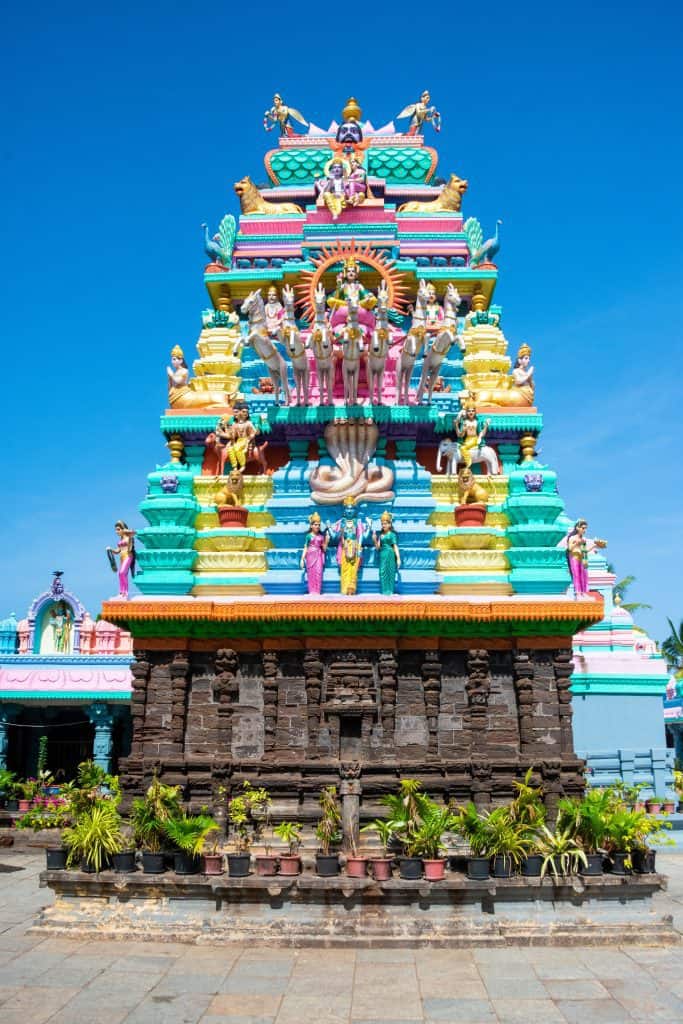
This temple also marks the point at which the Godavari River joins the Bay of Bengal and is renowned for its tremendous splendour. The temple tower features five floors and four lion statues symbolizing numerous avatars of Vishnu. Also, according to Hindu mythology, Lord Rama is said to have arrived here after killing Ravana in Sri Lanka.
Simhachalam Temple
The name of this temple is derived from the Simhachalam hill which is approximately 800 feet above sea level. Simhachalam Temple in Andhra Pradesh is famous for worshipping Lakshmi Narasimha. This temple’s structure is remarkable since it is influenced by several cultures such as the Cholas, Orrisan, and Chalukya. It was constructed over a thousand years ago, and the religious practices were influenced by Sri Ramanuja.
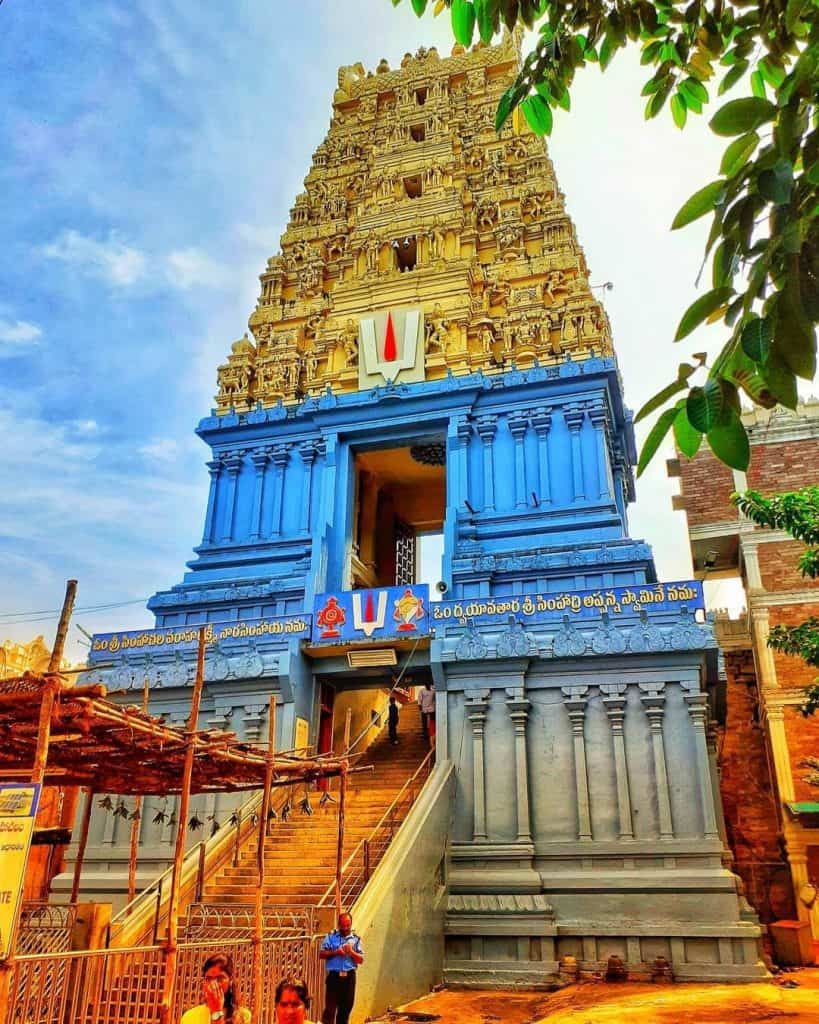
The Shiva Lingam at the temple is completely enclosed with sandalwood powder. Tourists from all walks of life are attracted here to witness two temple tanks here: Gangadhara and Swami Pushkarini, which hold significant importance in history. Therefore, this temple is one of the top ten temples in Andhra Pradesh, with a variety of sub-shrines and mandapams.
Venkateswara Swamy Temple Dwaraka Tirumala
Chinna Tirupati is another name for the Venkateswara Swamy Temple, which is situated in the Andhra Pradesh district of West Godavari in Dwaraka Tirumala. According to Brahma Purana, the territory encompassed by Dwaraka Tirumala commands the highest and most prominent role in the country, being garlanded by these two major Indian rivers Krishna and Godavari.
It is a Hindu temple where people worship Lord Balaji. It is stated that the title originated from Saint Dwaraka, who discovered a statue of Lord Balaji. Travellers who want to adore Lord Balaji but cannot go to Tirupati frequently choose Chinna Tirupati as an alternative option. Aside from that, the temple is a wonder of South Indian craftsmanship.
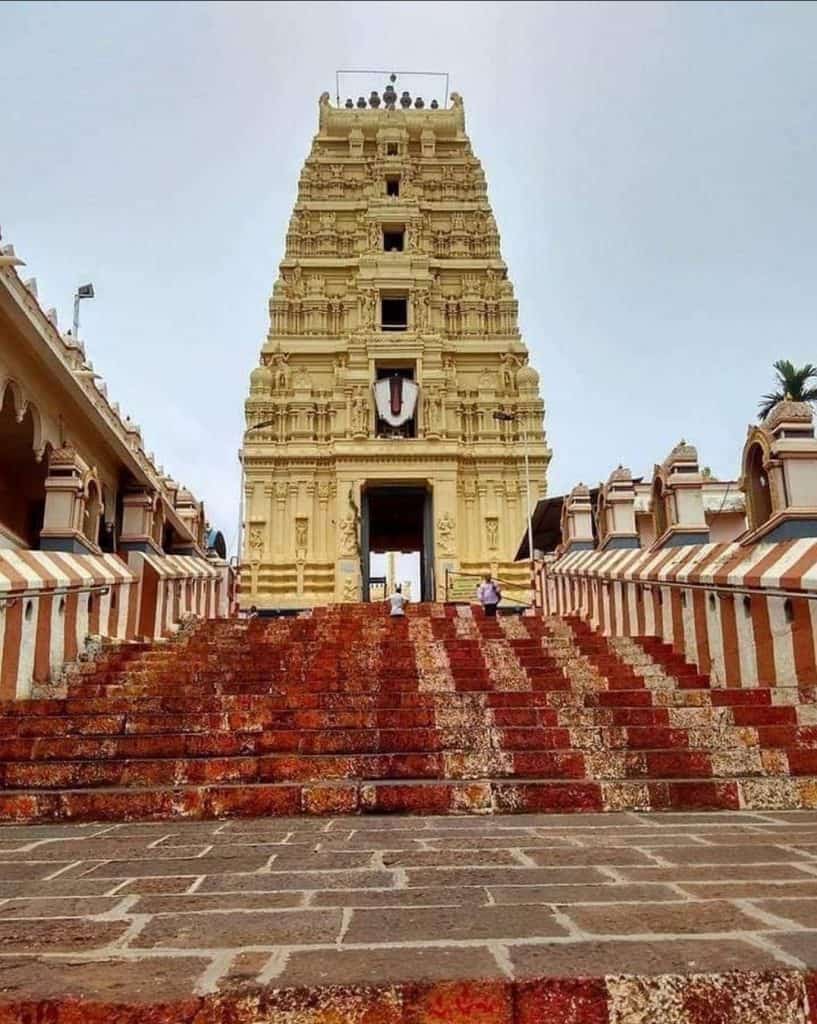
Ahobilam Temple
The Ahobilam Temple is situated in the centre of Anantapur, in the state of Andhra Pradesh. This location is around 220 kilometres from Nandyal. The sacred site is blessed to Lord Lakshmi Narasimha Swamy and features a five-foot-three-inch-tall statue of the very same likeness. Ahobilam is typically associated with Vishnu killing the rakshasa Hiranyakashipu in the avatar of Narasimha trying to save his disciple Prahlada.
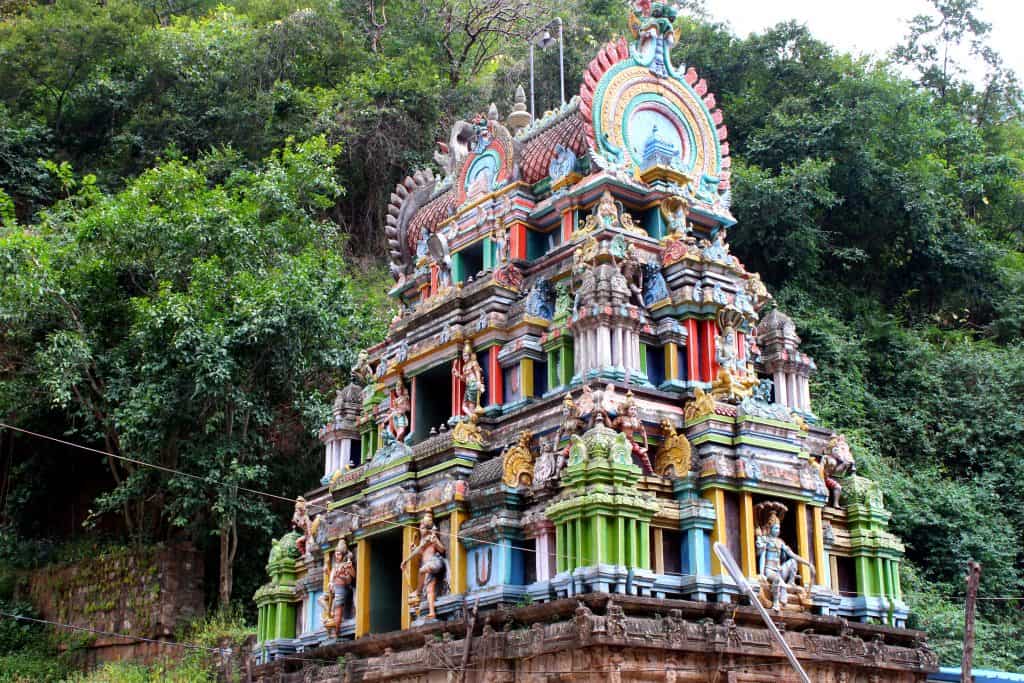
According to folklore, Narasimha appeared from a rock pillar to defeat the rakshasa. The scene is depicted in a range of murti at various temples. The Ahobilam temple exhibits remarkable stone workmanship, as well as a narrative constructed in stone construction. The environment and scenery in this region are wonderful. The name of the location was motivated by the title of the cave where the god was formerly situated. One of the largest Narasimha temples, Ahobilam, is still used for wedding rituals.
Yaganti Temple
Famous for its growing Nandi statue and the unique rock formations, this temple in Andhra Pradesh, dedicated to Lord Shiva, offers a blend of natural beauty and spiritual tranquillity.
A monarch named Hari Raya Bukkaraya built the Yaganti Temple in Andhra Pradesh during the 15th century. It was originally built to honour Sri Venkateshwara, but after the temple was built, the Lord’s statue was smashed and replaced by a Shiva Linga. This site is situated on the Pushkarini hills, through which the river Nanda streams.
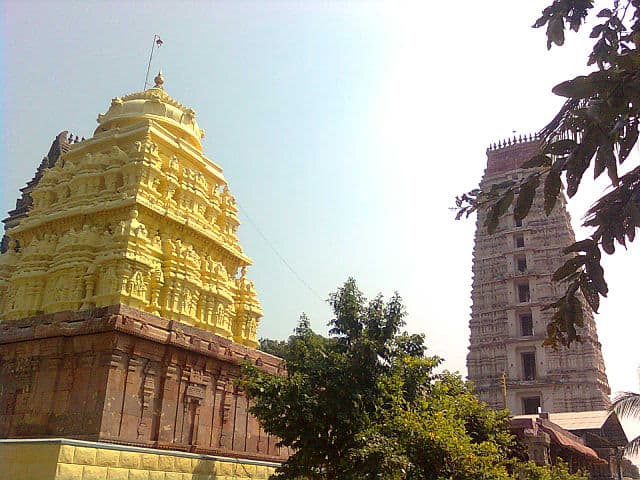
Image Credit: Adityamadhav83, via Wikimedia Commons
Pushkarini, Agastya Cave, Venkateswara Cave, and Veera Brahmam Cave are all part of this shrine. Before idolizing Lord Shiva, Sage Agasthya is supposed to have dipped in Pushkarini. Many people feel that soaking in the Pushkarini is therapeutic. The temple celebrates Maha Shiv Ratri, which occurs each year in October or November, with considerable grandeur and display. During this period, pilgrims, particularly worshippers of Lord Shiva, travel to the shrine in significant masses.
Mangalagiri Temple
Mangalagiri temple may be found on the Mangalagiri hill in Andhra Pradesh. This location is supposed to be one of Lord Vishnu’s eight locations and hence a must-visit for every Hindu devotee. The hill is shaped like an elephant, and there are beautifully carved-out stairs leading to the temple.
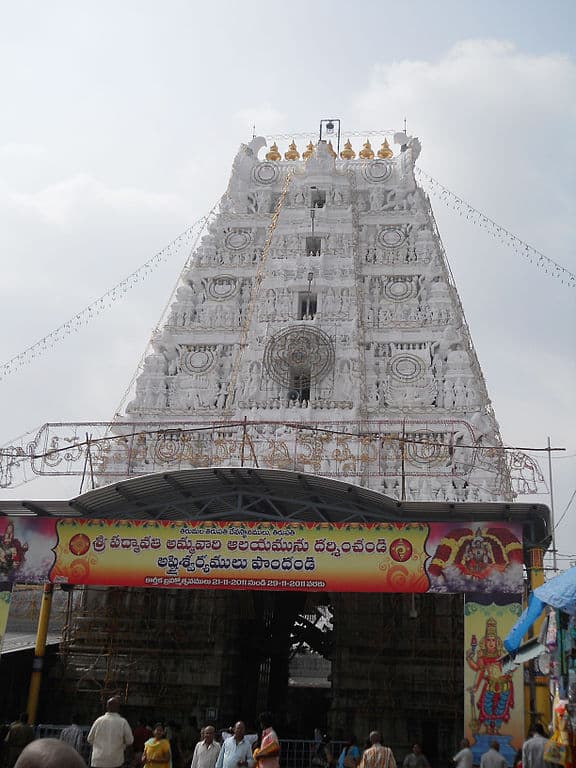
Image Credit: Vedamurthy.j, via Wikimedia Commons
The deity, which is celebrated by distributing jaggery drinks or Panakam, is the primary aspect of this temple. After a certain quantity of this drink has been consumed, the remaining is presented to the idol. Mangalagiri Temple’s gopuram is one of the tallest in South India, which stands 153 feet tall, 49 feet wide, and has eleven levels.
Sri Padmavathi Ammavari Temple
This temple is devoted to Goddess Padmavathi and is located a few kilometres from the city centre. This is one of Tirupati’s sacred spots, and it is the setting for numerous folk stories.
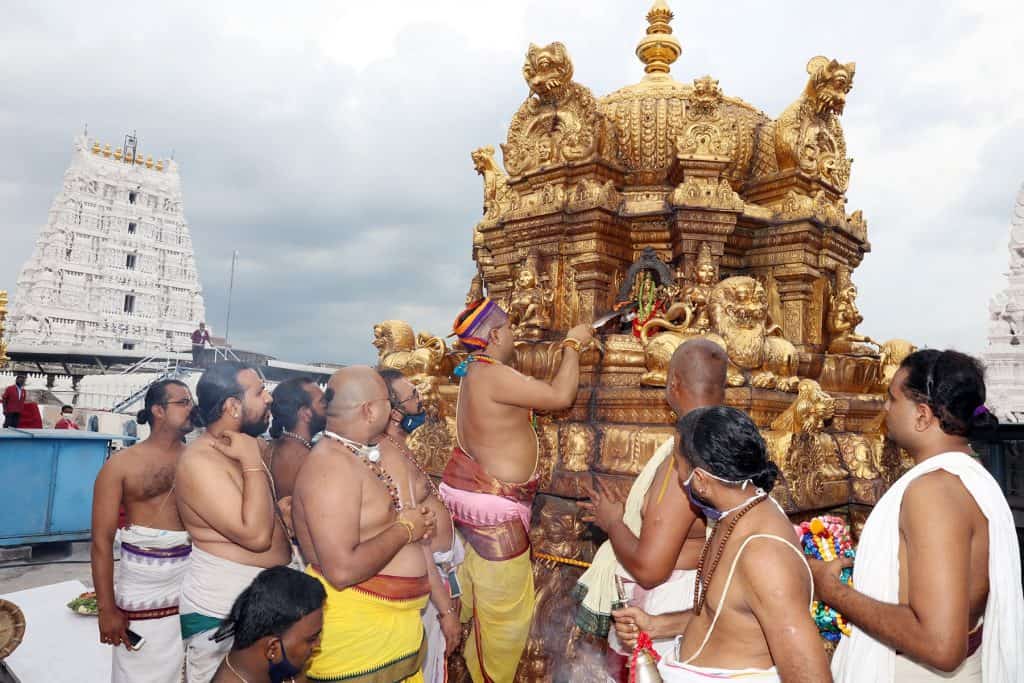
The people living here believe that Akasha Raja of Thondamandalam was conducting a yajna when he churned the soil in search of a maiden in a lotus flower. Then, Padmavathi Devi, the deity Mahalakshmi, appeared on the gold lotus in the middle of Padma Sarovaram-the shrine tank. The girl afterwards wed Lord Venkateshwara. This temple has its unique importance, and worshippers travel from all over to deliver their devotion.
Read more: Latest



